As I have mentioned a few times over the past year, one of the best things about hosting and attending parties is the opportunity which they provide to meet and introduce new people, and to learn new things from them. I have enjoyed the privilege of introducing you to some fantastic friends over the course of the past year and today, I am thrilled to introduce you to Alex Van Amburg, CSW, (Certified Specialist of Wine). Originally from Alaska, Alex has been active in Food & Beverage for over 20 years and has worked in restaurants from Rhode Island to Los Angeles. He most recently managed TASTE Restaurant in the Seattle Art Museum before moving to Spokane, Washington with his wife and three sons. Alex served at The Spokane Club for two years, before accepting his current position as Sales Representative for Youngs Market Company. He is a Certified Sommelier with the Court of Master Sommeliers, and holds certifications from The Society of Wine Educators and the Cicerone Society. Fueled by a passion to make wine accessible and fun, Alex is currently studying for his Advanced Sommelier Certification.
Let's Talk About Champagne
The Holidays are upon us in full force, with the joy and stress that no other time of year can offer. Celebrations are all around, and whether it is for family, friends or coworkers, we all need that perfect something to wrap up in ribbons. What better way to share the holiday spirit than with a bottle of sparkling wine, that harbinger of the holidays, Champagne!
Champagne does one thing better than any other wine, and that is to add a feeling of festive occasion, a sense of significance, to any and every event. Having a child? A Holiday? A Retirement? Every gathering is granted instant elegance when the cork is popped and bubbles stream forth! Why Champagne and not Chablis, or Burgundy, or Chianti? As it happens, the one thing the people of Champagne do better than anything else, even better than make world class wine, is to promote Champagne itself!
In the early 1900’s, Champagne began a brilliantly executed marketing campaign that turned the world’s head to bubbles in a way few products have ever again achieved. Artists were hired, posters were printed, and the word was spread. No matter where you were in the world, Champagne became the wine to drink when an event was special. The image of bursting corks and towers of coupe glasses being filled with fountains of foaming champagne dominated the market. Opening a bottle of bubbly became the only wine for a celebration and it still is to this day. Indeed, just pop a cork in public, and people approach instantly to ask, “what is the occasion?”. No other wine has this effect. No other bottle is as emblematic, with its wide base and mushroom cork. Indeed, no other wine demands its own special glass! Champagne is in class all its own, and the winemakers of the region will go to any legal lengths to keep it that way.
The Champagne region of France was once no better than any of its contemporaries. First planted by the invading Romans, the development of this region was spurred on by the bitter jealousy for their winemaking rival, Burgundy. Struggling for world recognition, the fledgling wines were not initially the bright and bubbly sparklers we think of today, but red and white still wines. These were not even known by the name Champagne, but known as “Vin de Reim”, named for the village where the best wine was produces. Recognition came slowly, first by ranking members of the church, then by well to do merchants and finally by Royalty. These were still wines, however and the true birth of the wine we know today really began in the 1700’s.
A Divine Discovery
So how do you make a champagne wine in the 1700’s? First of all, the odds are good you are a monk, devoted to God and the Church. This is where we often hear praise heaped on Dom Perignon, the simple monk thought to have accidentally discovered an errant bottle in the cellar, containing the wine that would become champagne, and upon tasting, announcing with joy the immortal “I am tasting stars!”. A marvelous piece of brand marketing that no Champenois would dissuade you from believing, but more fanciful than factual. Far from being a simple monk who stumbled upon this good evidence of godly intervention, Frere Perignon was appointed because of his experience and skill with wines. His work was to manage the vineyards and winemaking of his Abbey and he knew what he was about. It is far more likely he spent his efforts attempting to quell his wayward wines urges towards effervescence than seeking to master this process. His contributions to the winemaking of the time were significant, creating some of the first truly white wines, and learning to separately ferment different grapes for purer wines, but that is hardly as romantic a story.)
Being part of the church and having a mandate to create wine, you would select your vines and raise your grapes during the warmer months of summer. Keep in mind that the Champagne region is one of the coolest growing regions of France, and your time is short. Once your grapes are ripe enough, God willing, you harvest them and crush them, using the time-honored methods of stomping until the juice has all run free. You put your juice in a massive tank and wait as the native yeasts go to work, converting sugars to alcohol. The weather gets cooler and fermentation slows, finally stopping. Your wine is ready now- you let the solids settle and drain the clearer liquid into casks. The wine when poured to be drunk would more likely be pinkish rather than white, cloudy rather than clear, and flat rather than bubbly. How do we get from this unpromising start to the glittering bubbles of today? Enter the British.
It’s In The Glass
The British have ever been lovers of wine, and defeated by their own climate, have sought and savored the wines from around the world, but never more so than the wines of France. Casks of wines from the Champagne regions would be purchased and transported to England. These wines would then be decanted from barrel to bottle for storage and service. However, it was quickly realized that in this modestly warmer climate, the bottle when opened would now have a lively sparkle to them, a “pettilance” that tickled the palate and gave the wine more life. It became apparent that the wine had never truly finished its fermentation, but rather the cooling fall weather put the yeast to sleep, only to be reawakened with vigor when the weather got warmer! When yeast feast on sugar, it produces not only alcohol, but also carbon dioxide, and when trapped in glass, those bubbles had nowhere to go.
Of course, not all glass is created equal, and the wood fired glass of the time was not at all equal to containing the pressure mounting within those turbid walls. It was not all unusual for the warmer weather of spring to be announced by the muffled report of bursting bottles echoing in the wine cellars. Not until the advent of the British burning all of their trees and fueling their fires with hotter burning coal, creating a glass denser and more durable, were glass bottles able to fully contain the roiling turmoil of the renewed fermentation. When the winemakers of Champagne became aware of this, they realized they had on their hands an item unique to the winemaking of the time, and like any clever marketing firm, turned a disadvantage on its ear. Soon the clever Champenois were ordering inexpensive coal fired glass bottles from the British, filling them with French Bubbles and cheerfully shipping the bottles back, now at many times the price.
By Any Other Name
Champagne as a region which is very protective of its image. Their success in marketing such a unique wine quickly created many copycats, and there was no end of people attempting to cash in on the cache of true French Champagne. The French enacted strict guidelines as to what a champagne was, and then set about cheerfully suing anyone and everyone who infringed on their patent. Successfully too, as it turns out. No one in the world is allowed to describe their sparkling wine as “champagne” these days, unless the grapes are from Champagne, the wine is made in Champagne, created from only five different grape varieties, produced in a stridently codified manner, aged according to specific rules and finally only then may the word champagne grace the label. Even the other French who produce bubbly tipple must now call their wines “cremant” or “mousseaux”. If you are Spanish, you call it “cava”, the Italians “prosecco”, “Lambrusco” or “Franciacorta”. The Americans have their Sparkling Wines, the Aussies their bubbles, the Germans have their “Sekt”, but only the Champenois of Champagne can create champagne.
So what is one to do when the wallet is thin, and one cannot afford Pol Roger, Veuve Cliqout or Bollinger for the holiday festivities? Rest assured, the rest of the world was not to be left behind in the category of celebratory beverages, and there are options from every corner ready to fill your glass for prices that range from mere dollars to many hundreds!
Prosecco
The unofficial wine of Brunch is Prosecco. Affordable, quaffable and inexpensive to the point where a heavy splash of orange juice brings delight rather than panic, this is the best-selling bubbles of Italy. Prosecco must be made from the grape Glera, as they have renamed the humble prosecco varietal to prevent confusion and allow trademarking. Glera is grown widely in Italy, but nowhere more enthusiastically than near the celebrated city of Venice, where the proximity to the cooler Alps allows these grapes to reach a crisp acidity with bright floral notes in the final wine. Prosecco is produced in a method called Charmat, where instead of fermenting each individual bottle, they perform the process in a much larger single tank, then bottle when the wine and the market is ready. This economy of scale allows the Italians to produce their festive fizz at a far more affordable price, sacrificing finesse for finance. Prosecco is affordable, fresh, floral and generally bursting with young citrus, bright peach and crisp acidity. Perfect for breakfast mimosas, insanely affordable for all other occasions.
Cava
The Spanish are never ones to be left of out of a good game, and after years of struggle with difficult and repressive government, in the past 40 years have become a power in the world of wine. Spain has more land converted to raising wine grapes than any other nation in the world, and a goodly portion of that is dedicated to producing Cava, the sparkling wine of Spain. Cava follows almost all of the rules of being champagne. Most cavas use the “method traditionelle” but add several cost saving measures to create a sparkling wine much friendlier to the wallet. The grapes can be harvested mechanically, saving inordinate amounts of money on labor even in a land where labor is still cheap. The wines are turned en masse, using a device called the Gyropallet, designed by the thrifty Spaniards in the 70’s, allowing them to riddle a pallet of wine at a time. This clever and time saving invention was quietly adopted by the proud French, allowing again for huge labor savings, and proved so successful that the French then pretended to have invented it. The grapes used are not the traditional grapes of France, but rather are primarily three grapes called Xarello, Macabeo and Parelleda. These three grapes thrive in the soils of Spain, and each provide a needed element to the layered complexity needed for a wine so thrilling.
America Sparkles
American invention and fortitude are not to be left behind. Sparkling Wines are made in California, frequently supported by the French houses that birthed champagne with such success. A success so incredible, it almost became their undoing as land in the delimited growing areas skyrocketed in price, putting a hard limit on their ability to increase volume of product for sale as demand rose through the world. With soils and climates that could raise a crop of billiard balls should one plant them, the land in the United States was cheap, willing and ready. California began producing bubbles on par with the world’s best, quickly ran afoul of the French who inspired them, lost the right to call their wine “champagne” and resorted to the rather less imaginative “California Champagne” on their labels. Where California led, the rest of the states quickly followed, some with cheaper production bulk wines, but states such as New Mexico, Washington and Oregon are now producing sparkling wines that make the mouth gasp in wonder and the wallet whimper in relief.
New Zealand and Australian Bubbles
There is hardly a corner of the world untouched by this desire to be in the bubbles game. New Zealand, with it’s newly wine friendly government, has launched several lines of sparkling wines that are easily in a class with the great growers of Champagne. Hard to find in the states, these wines rarely leave home. Why on earth would a thrifty Kiwi let the fruits of their labor leave their shores when they could be enjoyed closer to home? As their growths increase, no doubt we will see more of their sparkling wine on American shelves, but their time has not quite come. The cost of transport raises the price into the boutique, but when they do arrive, be the first in line.
Australia, self-proclaimed advocate of Shiraz, has for years made sparkling wine from the dark red juice of their beloved and renamed Syrah. This is a holiday staple for them, by all reports, but a new desire for drier wines has changed this originally sweet sparkling to a dryer and more tannic version of the traditional festive sparkler. When handed a glass of bubbling purple wine, the mind rebels at first, uncertain and unsure if going forward is such a wise plan. Resist the urge to scoff, as these “black bubbles” are delicious, hardly unique to the world (the Italians got there first with their Lambrusco), and worthy of adding as a foil to almost any holiday table. At the very least they provide conversation topics in the most cringe worthy of family gatherings. Don’t think that all bubbles are based in Shiraz, however. This is to Australian wine as the Koala is to the continent, an easy hallmark to identify our cousins down under, but hardly the whole story. Tasmania makes sparkling white wines that will bring you to your knees, and the island state is hardly the only place in Oz creating wines to wonder at.
Regardless of where you find your bubbles, be it deep in the heart of Champagne, somewhere in South Africa, or when wandering in Washington, there are sparkling wines worth drinking the world round. So when looking for the perfect holiday gift, one that has a pairing at any price, reach for your favorite bottle of bubbly! There is no better wine with a meal or on its own, to celebrate an occasion (or to be the occasion!) so pop a cork and let the froth flow. After all, it is the season!
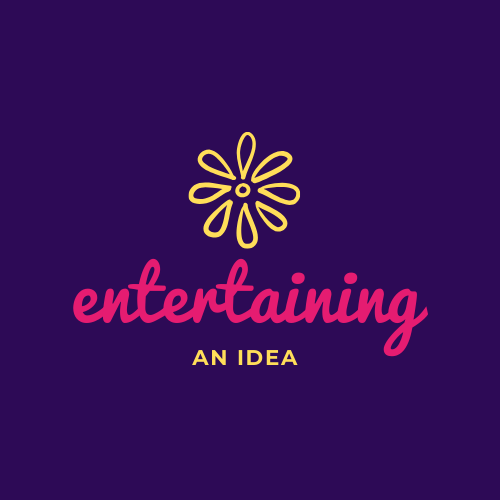

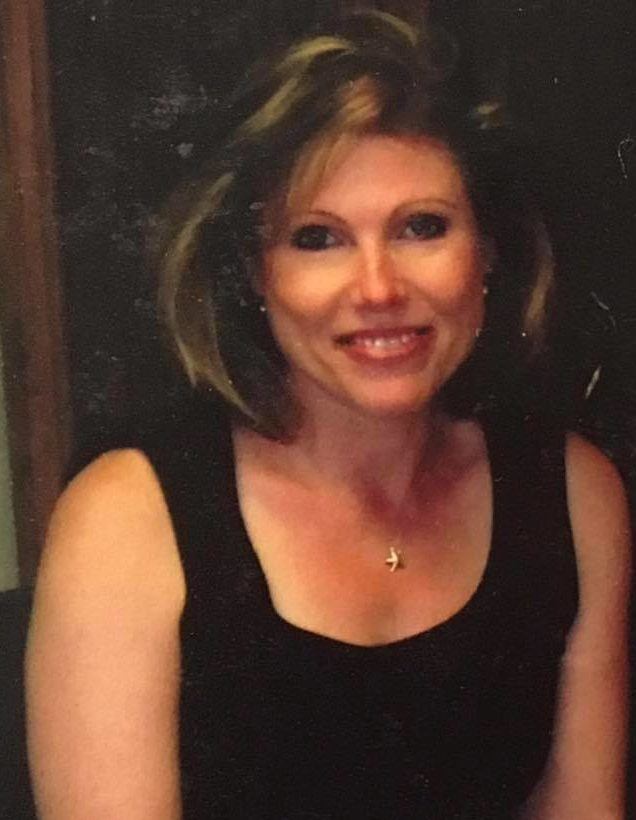
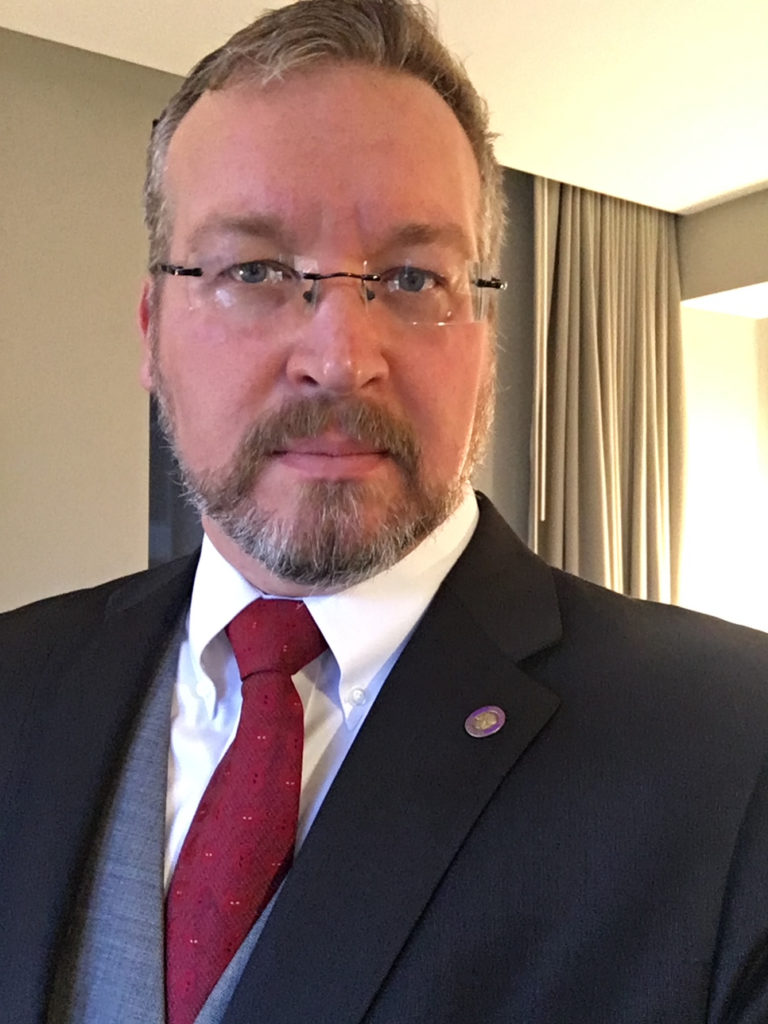


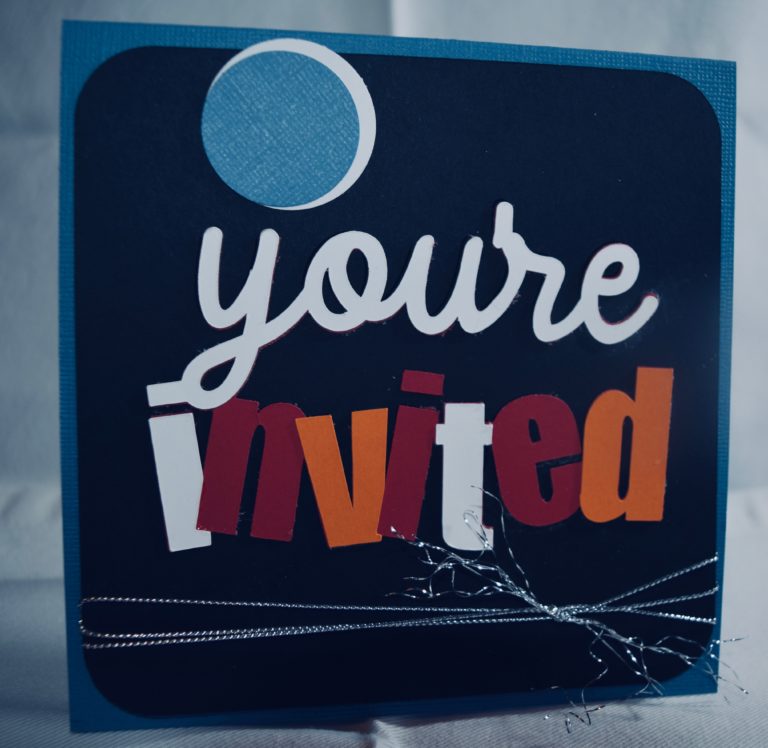
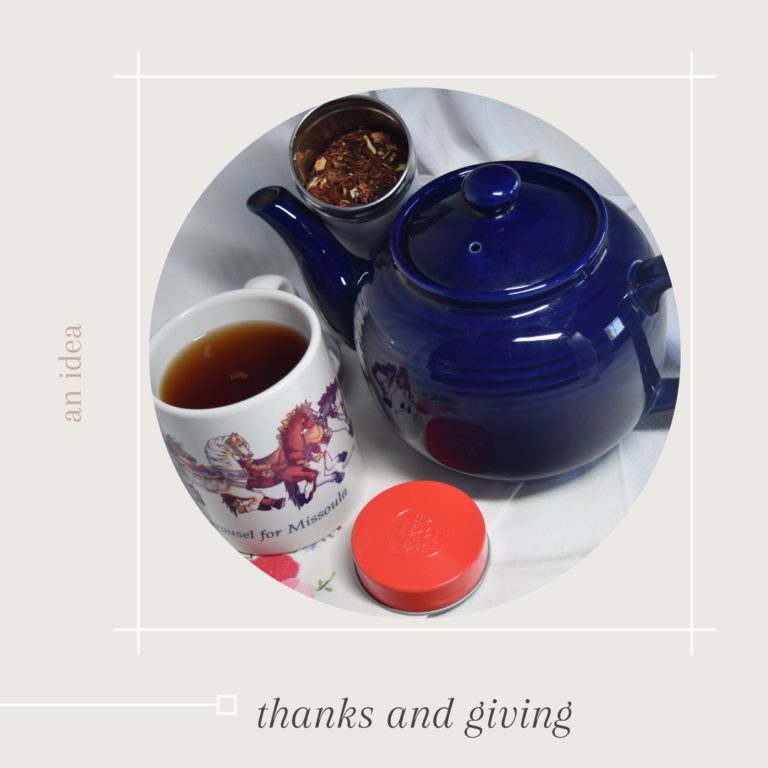

Pingback: GATHERING AN IDEA - Entertaining An Idea
Pingback: OSCARING AN IDEA - Entertaining An Idea
Pingback: FEBRUARY an idea - Entertaining An Idea
Pingback: LEAPING into February Fun - Entertaining An Idea